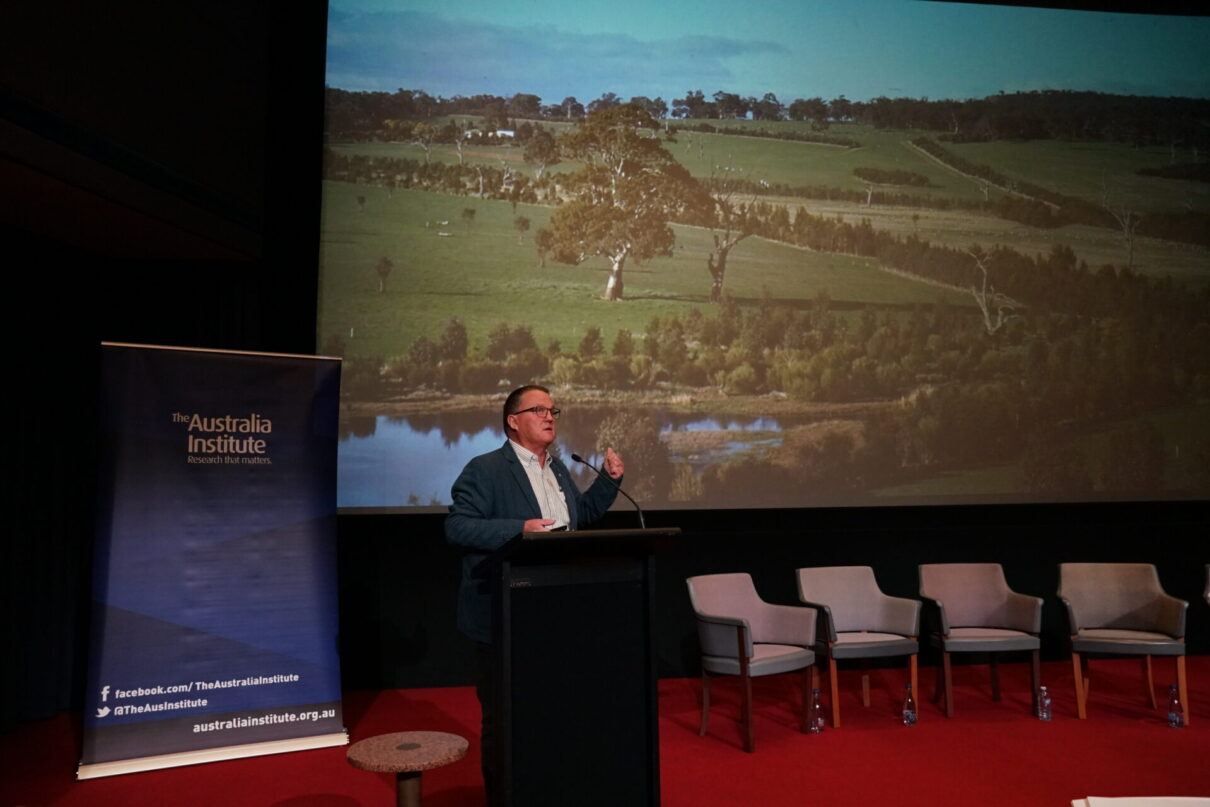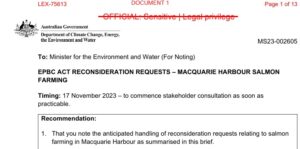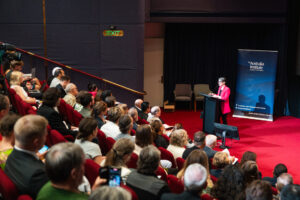Share
Jigsaw Farms, long held up as a shining star of carbon neutral farming, is no longer carbon neutral, although only just.
This was shown this year in our second University of Melbourne Carbon audit.
We are still at least 88% along the path to carbon neutrality, but the decline will continue unless sheep and cattle producers get some significant commercial technological breakthroughs.
We knew that this was a risk with the maturation of our trees, which had earlier given us the ability to “inset” our carbon footprint through sequestration. Once we reached saturation point for our soil carbon and trees, we were always going to be in strife. Though to be honest, this is a bit of a ROMO (Relief Of Missing Out) moment for us.
We can now avoid distractions and control our controllables.
We will continue to avoid the snake oil salesman from the Carbon Myth Industry who try to sell us the nonsense or non-science, of continually increasing soil carbon. These ticket clippers with their bulging pockets will be long gone when the farmers who sold their carbon credits are still left with their legal obligations.
We won’t get distracted by the language of carbon neutrality versus climate neutrality. That ship left the harbour many moons ago, both in international agreements and by the downstream purchasers of our food and fibre. These purchasers are signing up to the Science Based Target Initiatives (SBTI).
We will focus on growing food and fibre with the lowest carbon footprint possible, knowing that the large companies, such as JBS or Unilever, will want to purchase our products and therefore we will have a price advantage.
We know that by continuing to improve our efficiency we will lower our carbon footprint, a good thing in itself.
We will focus on genetic improvement, improve our feed efficiency, finish our stock earlier all while we try to control costs.
We also need to do this in an environmentally sound way that improves biodiversity. We started with 46 bird species and now have over 175. Our trees will continue to help us do this. As will our modest soil carbon increases, which will be both permanent and additional. It helps us to grow more grass and improve our water holding capacity. These are all great co-benefits.
A recent RepuTex report estimates that for the next ten years Australia will be the world’s largest supplier of carbon credits. These will largely be on Australian farmland. To be clear, Australian agriculture will need to keep control of these carbon credits for itself: it cannot afford to give “get of jail” cards to other sectors that have alternatives now and should take responsibility for their own emissions.
Farmers simply need to focus on what we can control, develop solutions and not be played by the carbon industry sharks. Their bite could kill us.
Between the Lines Newsletter
The biggest stories and the best analysis from the team at the Australia Institute, delivered to your inbox every fortnight.
You might also like
Bombshell FOI reveals fish farms have been inadequately assessed for impact on threatened species and World Heritage
Documents released today under Freedom of Information reveal advice to the federal government that salmon farming in Tasmania’s Macquarie Harbour should be comprehensively assessed under national environment law, for its impact on the endangered Maugean skate and the harbour’s World Heritage value. The advice was provided in November 2023 as the ‘likely outcome’ of reconsidering a 2012
Unmasking power…and challenging it | Between the Lines
The Wrap with Amy Remeikis In amongst the gestures, *everything* happening in the world this week, the Albanese government delivered two lessons in power. The first came through Anthony Albanese’s latest intervention in the fight to save the Maugean skate from extinction. For those unaware, the Maugean skate, also known as the ‘dinosaur fish’ because
Tasmanians are still in the dark about what is being done to prevent the Maugean skate’s extinction
Latest decision on salmon farming almost certain to be catastrophic for endangered species, writes Eloise Carr




